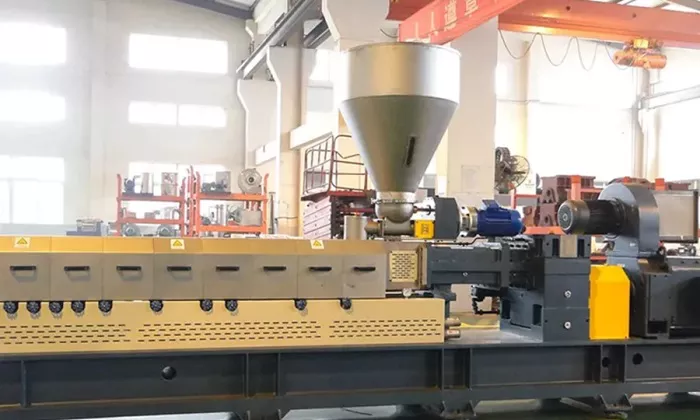The commutator is a crucial component in a Direct Current (DC) generator, playing a vital role in converting alternating current (AC) generated within the machine into direct current (DC) for external use. Understanding how the commutator works is essential for grasping the fundamental principles of DC generators. This article delves into the function, structure, and operation of the commutator, providing a detailed explanation of its role in the generation of DC power.
The Role of the Commutator in a DC Generator
A DC generator converts mechanical energy into electrical energy through electromagnetic induction. The process involves the rotation of a coil within a magnetic field, which induces an alternating current (AC) in the coil. However, the output required from a DC generator is direct current, not alternating current. This is where the commutator comes into play.
The primary function of the commutator is to rectify the alternating current generated in the armature windings into direct current. It ensures that the current flowing to the external circuit remains unidirectional, despite the alternating nature of the current within the generator.
Structure of the Commutator
The commutator is a cylindrical structure mounted on the rotor shaft of the DC generator. It consists of multiple copper segments, insulated from each other by mica or another insulating material. Each segment is connected to the ends of the armature windings. The commutator segments are arranged in such a way that they make contact with stationary carbon brushes, which are connected to the external circuit.
How the Commutator Works
Generation of Alternating Current: As the armature rotates within the magnetic field, an electromotive force (EMF) is induced in the armature windings due to electromagnetic induction. This EMF causes an alternating current to flow within the windings.
Role of the Commutator: The commutator segments rotate along with the armature. As the armature rotates, the commutator segments alternately make contact with the stationary brushes. The brushes are positioned such that they switch the connection from one commutator segment to another at the precise moment when the current in the armature windings reverses direction.
Rectification Process: When the current in the armature windings reverses direction, the commutator ensures that the connection to the external circuit is also reversed. This switching action effectively rectifies the alternating current into direct current. As a result, the current flowing through the external circuit remains unidirectional.
Continuous Operation: As the armature continues to rotate, the commutator segments maintain continuous contact with the brushes, ensuring a steady flow of direct current to the external circuit. The rapid switching of the commutator segments ensures that the output current remains smooth and consistent.
Key Components Involved
Commutator Segments: These are the copper segments that make up the commutator. They are insulated from each other and connected to the armature windings.
Brushes: The brushes are stationary components made of carbon or graphite. They maintain contact with the commutator segments and conduct the current to the external circuit.
Armature Windings: These are the coils of wire wound around the armature core. They rotate within the magnetic field, generating the alternating current that the commutator rectifies.
Advantages of the Commutator in DC Generators
Unidirectional Current: The commutator ensures that the output current is direct current, which is essential for many applications that require a steady and consistent power supply.
Efficient Power Conversion: By rectifying the alternating current within the generator, the commutator allows for efficient conversion of mechanical energy into electrical energy.
Reliable Operation: The design of the commutator and brushes ensures reliable and continuous operation, making DC generators suitable for a wide range of applications.
Conclusion
The commutator is an indispensable component in a DC generator, playing a critical role in converting alternating current into direct current. By understanding the structure and function of the commutator, one can appreciate the intricate process of power generation in DC machines. The commutator’s ability to rectify current and ensure a unidirectional flow is essential for the reliable operation of DC generators in various applications.
From its copper segments and insulating materials to the precise timing of its switching action, the commutator exemplifies the ingenuity of electrical engineering. Whether in industrial settings, transportation, or renewable energy systems, the commutator’s role in DC generators remains fundamental to the efficient and effective generation of electrical power.

